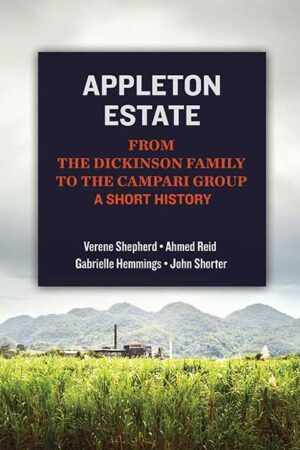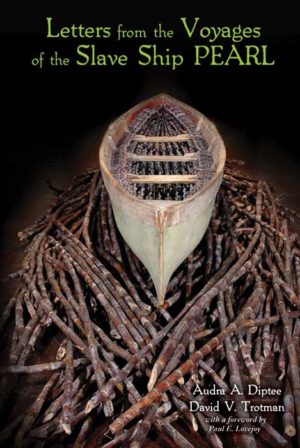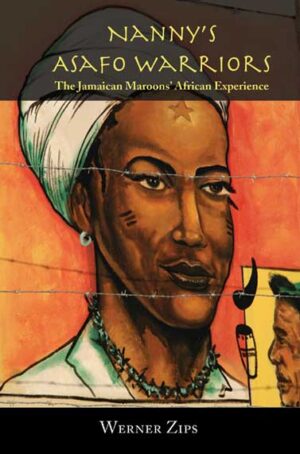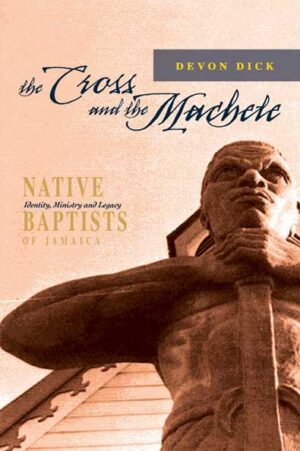Description
Spanish Trinidad is the first ever history of the 300 year span of the Spanish period of Trinidad, written from a strictly Spanish perspective. From the encounter of Christopher Columbus with the first Trinidadian Amerindians during the summer of 1498, to the handover of the island to the British in 1797, Francisco Morales Padrón describes the complex process of the Spanish settlement of the island while searching for El Dorado, the progressive social and economic development of “La Trinidad de Barlovento” (as Trinidad was known until the late 18th century), the significance and relevance of the Caribbean Windward Islands in the Spanish geo-political strategy of its American provinces, and the key role played by Trinidad in the outcome of the European disputes in the West Atlantic after the French Revolution.
This English translation of Padrón’s La Trinidad Española, originally published in 2011, illuminates the oft-forgotten years of the island’s life as part of Spain and complements the existing works by scholars and historians from Trinidad and Tobago and the wider English-speaking Caribbean. Padrón’s extensive research in Spanish archives and the presentation of original source documents shed light on the internal and foreign threats and challenges faced by Trinidad throughout the 16th, 17th, and 18th centuries. It uncovers and examines the policies and efforts that fuelled Trinidad’s economic and demographic transformation from a remote Caribbean outpost to a prized, and ultimately seized, possession of Spain.
Comprehensive and expansive, Spanish Trinidad is rich study of the three centuries of Spanish presence in Trinidad and an invaluable contribution to the recorded history of the Republic of Trinidad and Tobago and the Caribbean.
About the Author
Francisco Morales Padrón received his Doctorate from the University of Seville, Spain in 1952. He held a number of professorial and distinguished Fellowship positions at various Universities in Spain and from 1989 was Professor Emeritus at the Universidad Hispanelse. He is the author of several books including Historia del descubrimiento y conquista de América (History of the discovery and conquest of America); Atlas histórico-cultural de América (Cultural and historical atlas of the Americas); and Teoría y leyes de la conquista (Theory and laws of the conquest).
Armando García de la Torre is a Lecturer in the Department of History of the University of the West Indies, St Augustine.
Contents
Foreword
Introduction
- Columbus’s Ships in the Seas of Trinidad
The Discovery of Trinidad
The Trinidadian Amerindians
The New World’s Gypsies
The Island’s Geography in Chronicles and Sources
- The First Attempts to Settle Trinidad
Encounters with Trinidad after Columbus
Antonio Sedeño’s Royal Charter
First Attempt at Conquest
Diego De Ordás Appears
Sedeño’s Second Attempt
The Spanish Abandon the Island
The Source of Discord
Another Conqueror: Juan Sedano
Ponce De León
The Conquest Secured: The Birth of St. Joseph Or San José De Oruña
- Trinidad as a Base of Operations for El Dorado
The Spreading of the Myth
The First Attempts to Search for El Dorado
Berrío’s First Entries into Guiana
Vera, “The Indies Man of El Dorado”
Gualterio Ralé or Sir Walter Raleigh
The Spanish Version of Raleigh’s Stay
The Outcome of Vera’s Expedition
The Other Berrío
The Second Appearance of the Don Quixote Raleigh
- Trinidad in the Seventeenth Century
European Settlements in the Antilles
Hardship and Foreign Attacks
The State of Religion on the Island
English Colonies in Trinidad
Contact with Foreigners
Amerindians and Africans under Governor Roteta
The Advancement of Religion: The Capuchin Monks
Foreign Threats at the end of the Century
Amerindian Rebellion
The State of the Treasury
- Trinidad in the Eighteenth Century (1700-1783)
Eighteenth-Century Politics
Military and Political Aspects of Government
Society and Economy
The Church
Commerce and Agriculture
- Chacón: A Questionable Governor
The Inauguration
The Boom Years (1784-1793)
The War Against France
- The Anglo-Spanish Rivalry
Apodaca’s Fleet
The Causes of War
The Declaration of War
Trinidad’s Means of Defence
The English Assault
The End to Spanish Resistance
The Governor’s Defence Measures
The Unfolding of Events
- Trinidad Ceases to be Spanish
The Consequences of Losing the Island
Chacón and his Troops until the Signing of the Treaty of Amiens
The State of the Island Leading to the Treaty of Amiens
The 1802 Treaty of Amiens








